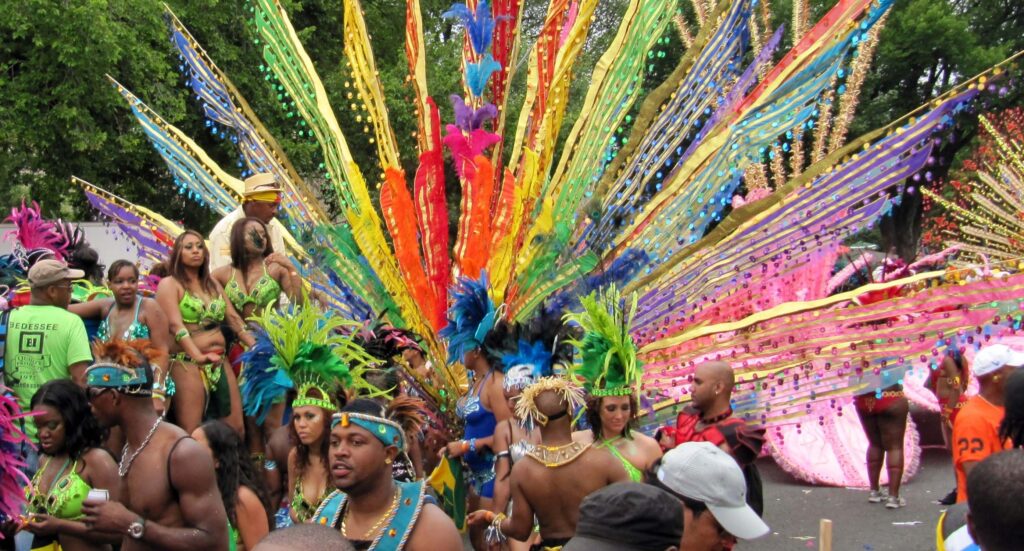
10 Fascinating Facts About the Caribbean Culture. Immerse in the interesting Caribbean culture facts. Explore the vibrant ‘Culture in the Caribbean,’ where diverse roots create a mosaic of traditions. Uncover ‘Cultural Differences in the Caribbean,’ showcasing unique heritage and unity within its colorful tapestry.
The Caribbean is a melting pot of cultures, with contributions from the indigenous people who lived there before European colonization as well as waves of immigration.
The belief that a deceased person’s soul might linger for nine days is common in Jamaica.
Caribbean history bears a pronounced imprint of African culture.
The culture of the inhabitants of the Caribbean may be characterised in one word: colourful. It’s a fascinating mash-up of influences that have their roots in its illustrious past, shaped by its lengthy history of colonization, and shaped by waves of immigration. The area is a linguistic, gastronomic, musical, and cultural mashup. Its culture is an exquisite fusion of colonial and indigenous components influenced by the sociocultural experiences of each nation. The Caribbean region has a distinct identity because of its diversity. Here are a few aspects of Caribbean culture that will compel you to board a plane and head to the islands in order to immerse yourself in it.
List of 10 Fascinating Facts About the Caribbean Culture
10 . A Long History Of Colonization Has Caused
The history of the inhabitants of the Caribbean predates the arrival of the Europeans. Before the arrival of the Europeans, the islands were inhabited by three indigenous populations, the Ciboney or Guanahuatebey, Taino Arawak, and Carib, totaling about 750,000 people.
Christopher Columbus established a Caribbean island in 1497, which marked the beginning of Spanish colonisation. The Caribbean and the majority of Latin America belonged to the Spanish Empire. Around 1600, the Spanish empire’s Caribbean possessions were taken by the British, French, and Dutch. In the 1900s, the US then began colonising sections of the Caribbean. The original Caribbean culture and the cultures of the various colonisers came together in an unusual way as a result of these occurrences.
9 . A Vital Aspect Of Family Life Is Food
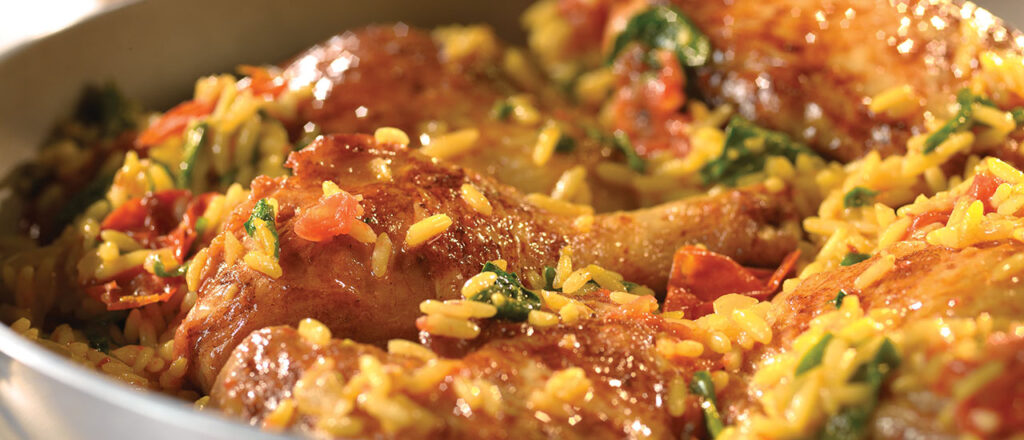
Because of its colourful ingredients and distinctively flavorful spices or condiments, Caribbean cuisine is a lovely mash-up of various flavours. It is a sensory extravaganza designed to delight not only the palate but also the eyes and nose. And in the Caribbean, eating is for more than just survival. Food preparation is a shared activity that frequently involves the entire family. After that, food is shared with the family’s extended family. Family ties are strengthened and stomachs are fed during mealtimes, which are seen as social occasions.
8 . They Reflect Diversity In Their Language
The diversity of dialects and languages spoken in the Caribbean is evidence of its multiculturalism. Many nations, notably the Dominican Republic, Puerto Rico, and Cuba, have Spanish as their official language; in contrast, French is widely spoken in Haiti, Guadeloupe, Martinique, St. Barthelemy, French Guiana, and St. Martin. On the other side, people in other places like Aruba, Bonaire, Curacao, Saaba, St Eustatius, and St Maarteen speak Dutch. The region is home to speakers of Creole and Patois. Despite the fact that English is the most often used language, many locals also speak it, making it simple for visitors to move around the islands.
7. The Origin of Several Musical Genres
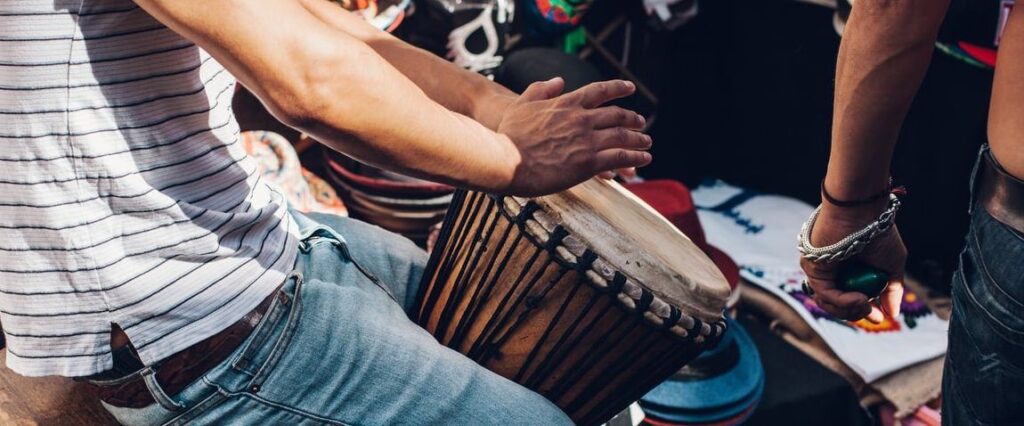
Many well-known musical genres that have become widely famous around the world have their roots in the Caribbean. There are numerous more musical styles that have their roots in the Caribbean, despite the fact that most people primarily associate the region with reggae (the unofficial soundtrack of many Caribbean vacations). Among many others, there is calypso music, which incorporates spiritual themes with bongos, maracas, and Spanish guitar; soca, which has its roots in Trinidad and Tobago and uses both the dholak and the dhantal; and dancehall, which has its roots in Jamaica and is a fast-paced type of rap-reggae.
6. Authentic African Roots
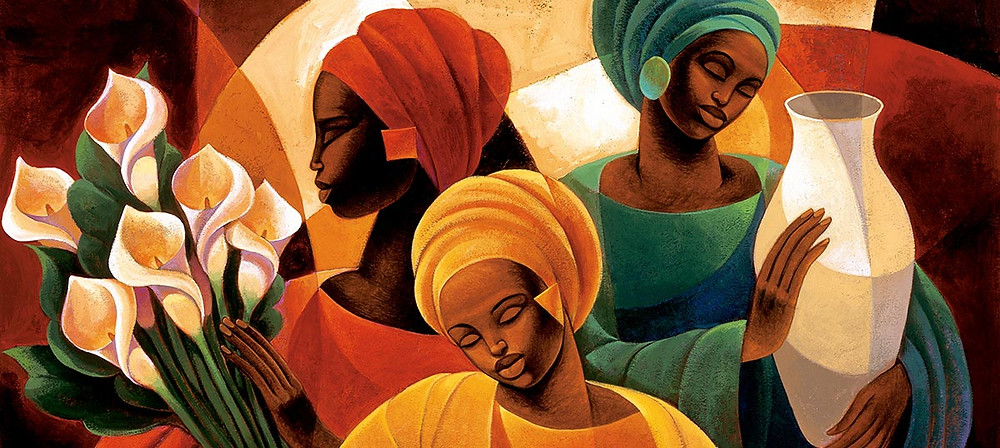
Caribbean history bears a pronounced imprint of African culture. Three million Africans were transported to the Caribbean by Britain between 1662 and 1807 and sold as slaves to work on plantations. When the African people immigrated to the islands, they carried their music, dancing, ceremonies, cuisines, and customs with them. These were later strengthened and further modified by their interactions with the colonisers. They used chants, songs, and dances to express themselves and give a glimpse into their daily existence on the plantation. And they had an impact on the distinctive culture of the Caribbean.
5. Spiritual Diversification
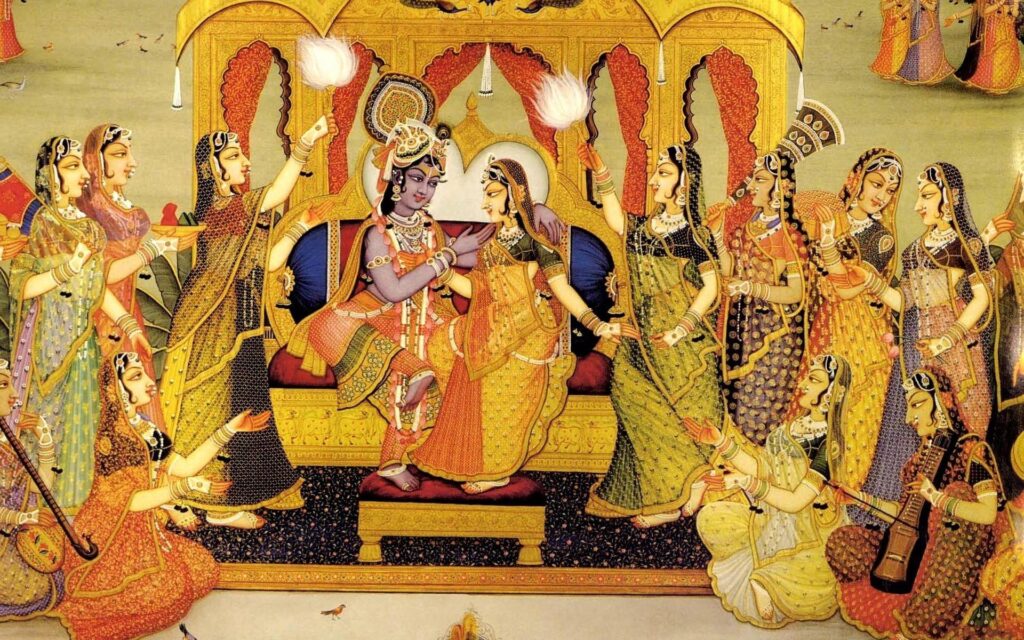
While many Caribbean nations, particularly those that Spain colonized, have maintained their Catholic faith, others follow a variety of different faiths. For instance, a quarter of the population of Trinidad and Tobago and other places with a significant Indian immigrant population practice Hinduism, compared to a substantial proportion of Protestants on the British islands.
Both the Rastafarian movement, which started in Jamaica in the 1930s, and Santeria, which is derived on Yoruba beliefs and rites and involves offering an animal to the Yoruba gods, are practised in Cuba.
4. Parades And Carnivals Are Important Events
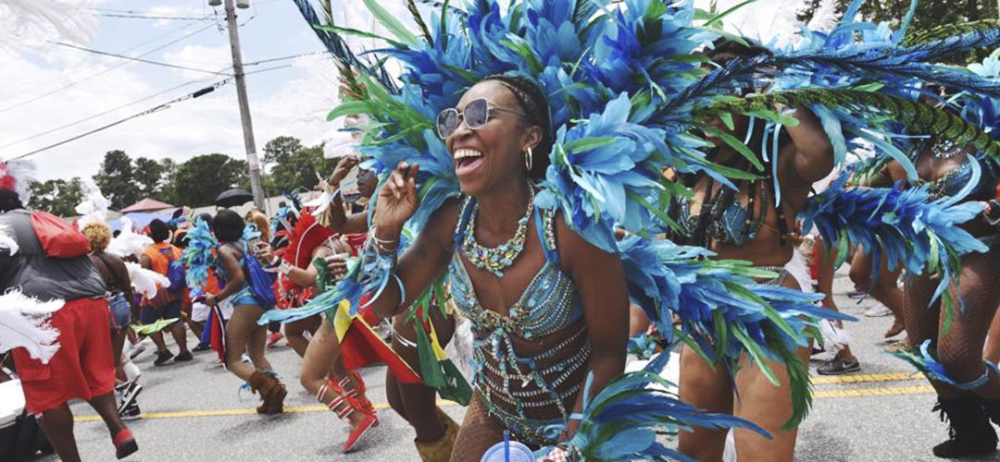
Caribbean parades, which are based on local history and traditions, are well-known throughout the world for their boisterous music, energising dance routines and vivid, outrageous costumes. They highlight the greatest facets of the vibrant way of life and rich Caribbean culture. Numerous festivals and carnivals are held annually throughout the region, and people take preparations very seriously. These enjoyable street celebrations, which are also referred to as “carnavals,” are intended to honour and remember historical events. In addition to the bright (and beautifully crafted) costumes and vibrant floats, music plays a significant role in these parades.
3. The Melting Pot of Architecture
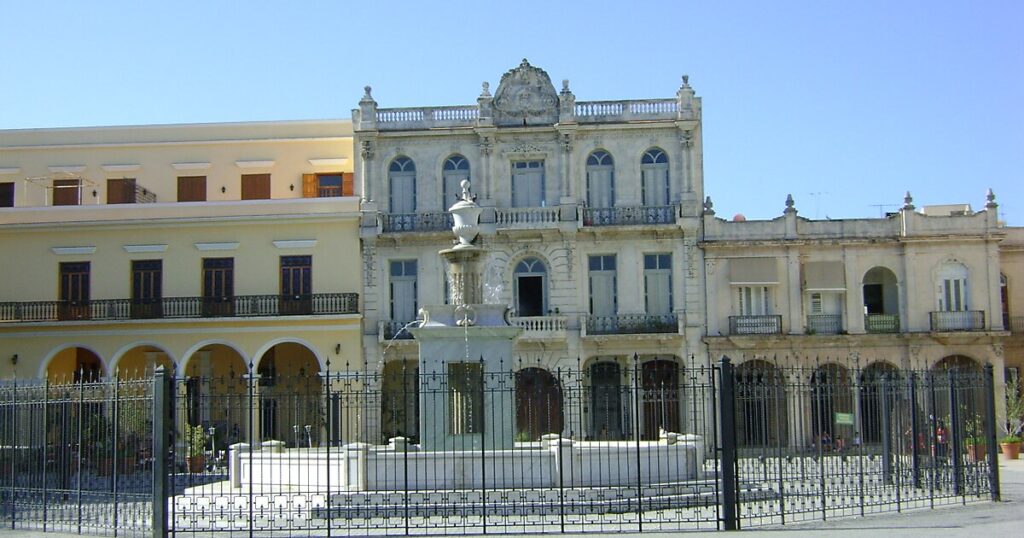
The architecture of the area is a reflection of the region’s diverse cultural influences—Amerindian, African, and European—which gave rise to a potpourri of styles that are seen in their structures. For instance, Old Havana displays colonial architecture that was greatly influenced by Baroque art and mediaeval Spain. The French introduced the use of cast iron in many Caribbean constructions, and the Americans’ mechanical saws encouraged the use of the elaborate woodwork lacework that can be seen on many of the region’s building facades.
2. Folklore Relates to Extraterrestrial Creatures
Caribbean folklore was brought to the islands by people who were sent there to work on plantations, and it has been passed down through the centuries. It started in Africa. The majority of these tales feature terrifying supernatural creatures like the heartman from Barbadian legend. The heartman terrorises misbehaving kids and carves out the hearts of humans. La Diablese, or the devil woman, is another terrifying figure from their legend. She appears beautiful from a distance to seduce victims but conceals a hoof and an ugly face under a large hat. It is supposed that she seduces her prey into lunacy or death.
1. Alternative Methods of Mourning the Dead
In Jamaica, individuals have a unique tradition for saying goodbye to the deceased. Jamaicans celebrate nine nights in a row in a custom known as the Nine Night. They think that the dead stay in their homes for nine days or seek retribution from those who have harmed them. The mourners throw a party with loud music, lots of dancing, and storytelling on the ninth night, when the spirit leaves the Earth.
While knowing about our fascinating Caribbean culture also look into our products from our very own IC Caribbean shop.
Tune into our latest podcast episode featuring special guest Kenny Ingresol!


0 Comment